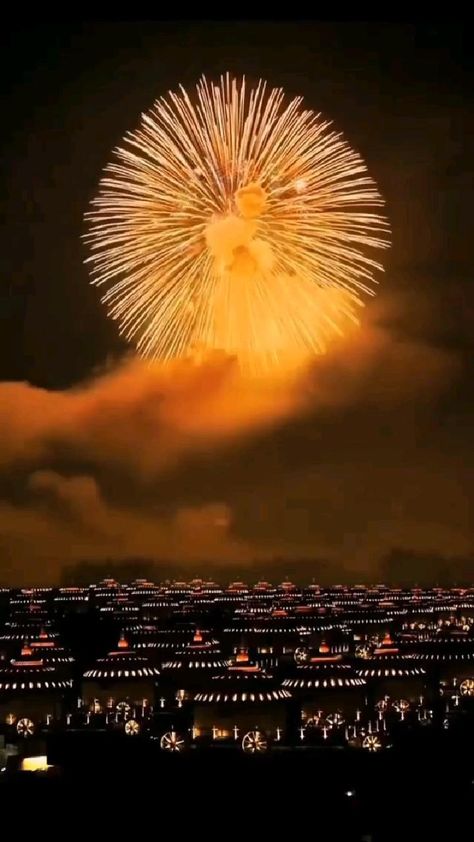Immunohistochemistry Patterns in Lymphoma Diagnosis: A Tertiary Care Experience
Author(s): Dr. Md. Adnan Hasan Masud, Dr. Kazi Mohammad Kamrul Islam, Dr. Shahela Nazneen, Dr. Gazi Yeasinul Islam, Dr. Nasrin Akhter
Background: Despite the well-established role of immunohistochemistry in lymphoma diagnosis, there remains a paucity of region-specific data on its application, particularly in resource-limited settings. The purpose of the study is to assess immunohistochemistry patterns in lymphoma diagnosis within a tertiary care setting.
Aim of the study: The aim of the study was to evaluate immunohistochemistry patterns in lymphoma diagnosis within a tertiary care setting.
Methods: This observational study at the Department of Haematology, BSMMU, Dhaka (January 2024–December 2024) included 30 patients with confirmed lymphoma who underwent immunohistochemical analysis and had complete data. Positivity thresholds were >30% for CD20/CD3, >50% for BCL2/BCL6, with Ki-67 assessed in hotspots. Lymphomas were classified per WHO 2022, and data analyzed using SPSS v26.
Results: Among 30 lymphoma cases, the mean age was 45.0 years, with 70% male predominance and 73.3% presenting with painless lymphadenopathy. Non-Hodgkin lymphoma (80%) was more common than Hodgkin lymphoma (20%). B-cell NHLs comprised 75%, with DLBCL being the most frequent subtype (37.5%), while T-cell NHLs accounted for 25%. CD20 was positive in 66.7% overall and 83.3% of B-cell NHLs; BCL2 in 50%, especially in DLBCL and FL. CD3 marked 66.7% of T-cell NHLs. HL cases showed CD15 (83.3%) and CD30 (100%) positivity. The mean Ki-67 index was 45%, exceeding 60% in aggressive subtypes.
Conclusion: Immunohistochemical profiling proves essential for accurate lymphoma classification and informed clinical decision-making.


 Impact Factor: * 6.2
Impact Factor: * 6.2 Acceptance Rate: 76.33%
Acceptance Rate: 76.33%  Time to first decision: 10.4 days
Time to first decision: 10.4 days  Time from article received to acceptance: 2-3 weeks
Time from article received to acceptance: 2-3 weeks 